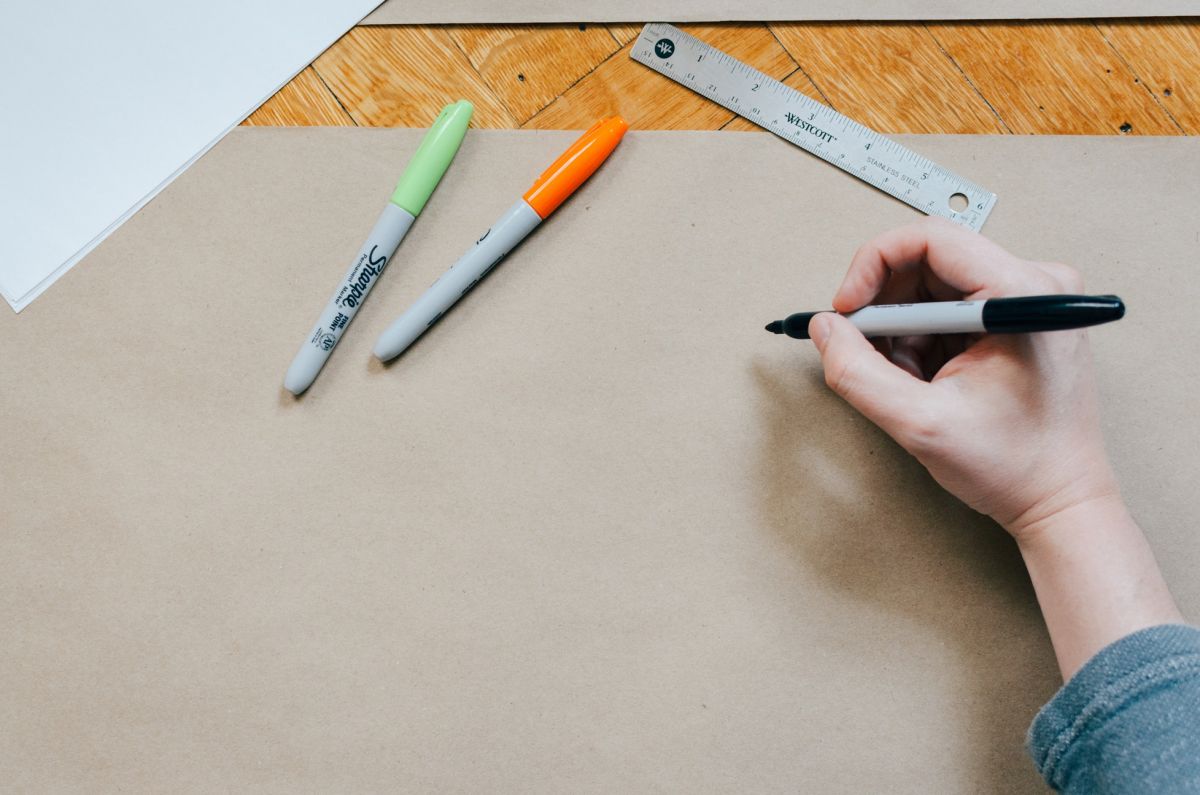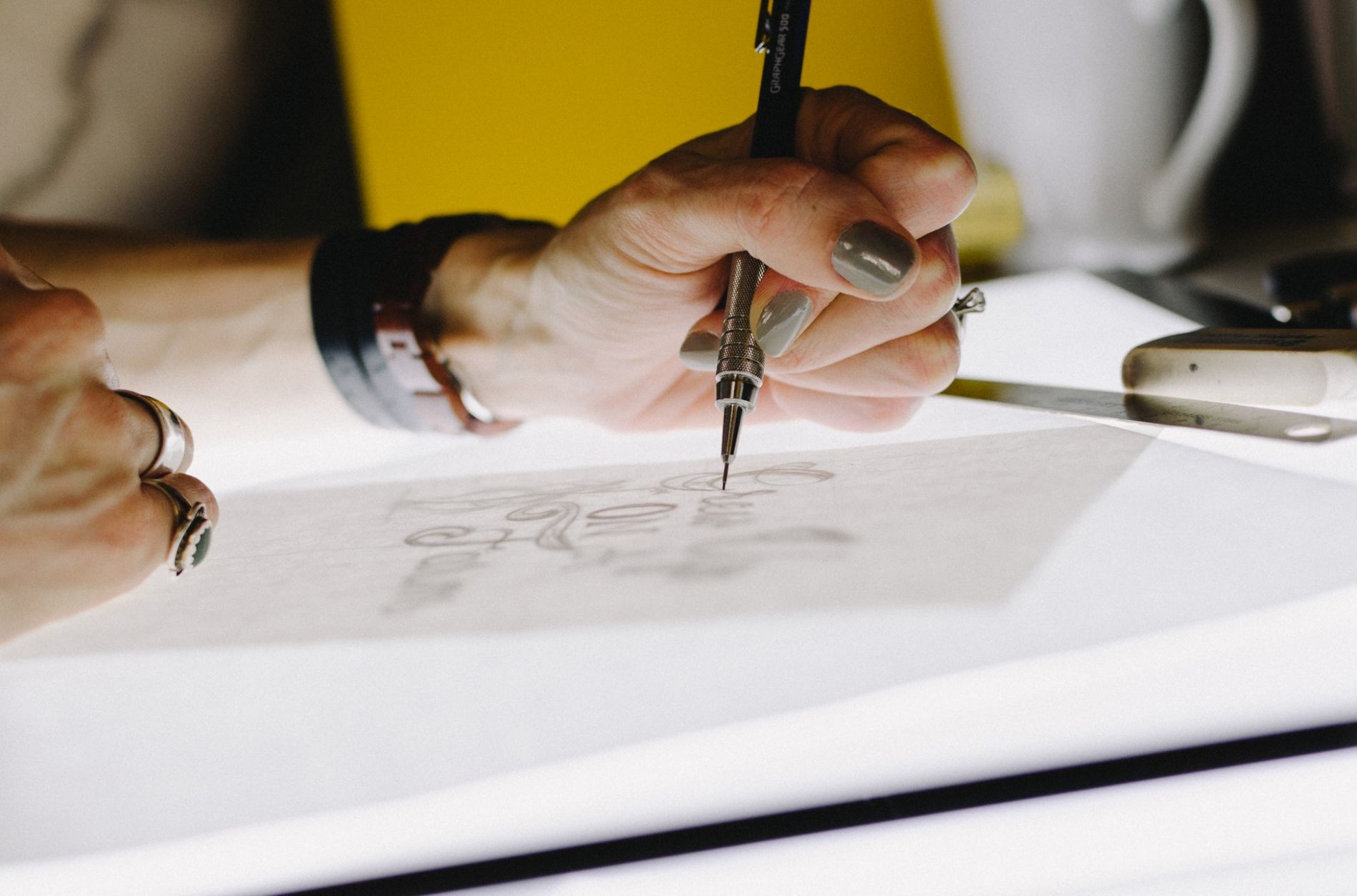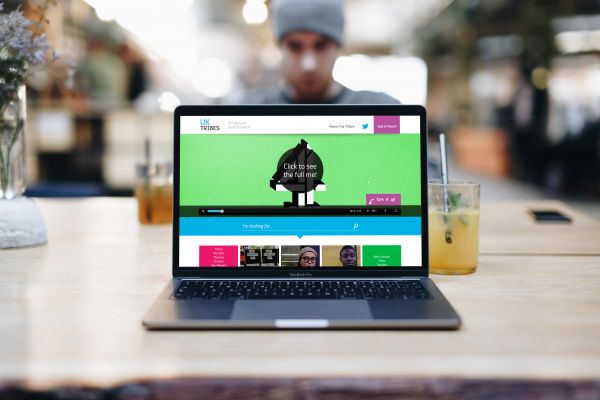Digital design has come a long way since its conception.
Still regarded by many to be in its infancy, this medium has exploded into life with the introduction of smart technology, which has acted as a catalyst in pushing designers to think and conceptualise on new and exciting levels.
The constant and unpredictable evolution of digital design means that designers are often forced to find solutions to all new problems. Outdated ideas are quickly retired and adapted, standard processes become redundant and philosophies are in constant flux.
In this vein, we have detailed three core design principles that we believe are on the road to redundancy.

1. The Fold
“The Fold” is an invisible line which marks the point on a web page at which the viewer stops being able to see content based on their browser. It is approximately 960 pixels high and is still seen by many to be a pivotal consideration to effective digital design.
The term originated in the golden age of press and editorial publications. Newspapers would place their juiciest headlines on the top half of the front page so that, when their publication was folded (there it is) and put up for sale, the customer would see the punchy headline above “The Fold”, drawing them in.
“The Fold” initially translated well from print to digital design, especially earlier in this transitionary period, when web pages were perceived to be little more than digital copies of printed content. Having an engaging and familiar web page format was seen to be essential in helping users as they grew accustomed to an all new platform.
In recent years, however, users have grown and matured, and digital design has evolved with them. We now have an entire generation of users who probably knew how to swipe on a touchscreen before they said their first word – my son included!
In addition, with the introduction of smartphones, more and more users are engaging with online content via mobile and portable devices. With this number only likely to increase, digital designers have been forced to ask: Where is the fold on an iPhone or smart watch, on a Samsung 64 inch TV or a microwave’s digital display?
With all of this in mind, the industry has begun to move away from defining an exact point and labelling it “The Fold”. Modern digital design has to be device fluid and treat users with a level of maturity. As a result, previously commonplace considerations like “what content needs to go above the fold?” have become more inhibitors than enablers.
2. Standardised Web Pages
While I am certainly not suggesting that we ditch the web page, there is a growing school of thought which advocates for a more holistic approach to digital design.
Modular design has become increasingly popular in recent years, allowing for more flexible methods of presenting content. While module-based design has always been available using off-the-shelf formats, is now being considered a principle of strong digital design.
Brad Frost recently coined the term Atomic Design, which represents an exciting new direction for web designers. The term describes how a digital experience can be broken down into modular sections which, in turn, make up larger components. These components are then used as templates, allowing for different combinations of modules to be implemented, constituting a range of elements with consistency.
By moving away from standardised pages, digital designers are therefore increasingly able to focus on content oriented decisions informed by our design systems.
3. The "Big Redesign"
With the world of digital design constantly evolving, companies often feel pressure to make dramatic and expensive changes in order to keep up with new trends.
This has come to be known as the “Big Redesign”, which usually comes about as a result of a business failing to update its website for an extended period of time, subsequently falling behind its competitors and industry standards.
While it is very important that companies maintain a strong online presence, many such businesses go too far too quickly, resorting to a rushed, all-encompassing reboot: updated business positioning, a refreshed website and all new branding, all in one go.
Inevitably, this kind of project is highly time pressurised and usually goes over budget. It also rarely results in a website which meets all of the company’s objectives, therefore requiring more money to be spent on incremental changes and updates.
The web design industry has begun to move away from this method, instead approaching such complex and demanding projects in a more streamlined and conscious way by starting with a “Discovery” phase and then building from an initial MVP (Minimum Viable Product).
This initial “Discovery” phase acts as a “Kick Off” for the project, allowing for the company and its chosen agency to collaboratively define strategy and move forward with clear and defined objectives.
This initial phase therefore provides a platform from which the project can be completed with a strong shared understanding of the project requirements, avoiding any misunderstandings, false starts or wasted time during the project itself.
The design and development of an MVP – an initial version of the site which has the essentials to satisfy its audience – then further streamlines the process.
This initial release can be incrementally improved and expanded upon based on stakeholder and customer feedback,allowing for the contained and considered evolution of a company’s online presence.
Ample opportunity is provided to perfect the look and feel of the new website, optimise its UX, and ensure that the accompanying branding is effective and well suited.
It also allows the company and agency time to be reactive to new challenges that arise over the course of the project.

In Conclusion...
So, there you have it – the three design principles that we believe should be considered for the “Old Yeller” treatment!
At JBi, we are always striving to stay on top of digital trends, and make it our mission to ensure that every one of our clients receives an outstanding experience.
If you have a digital project that you would like to discuss with our team, please don’t hesitate to get in touch at hello@jbidigital.co.uk




